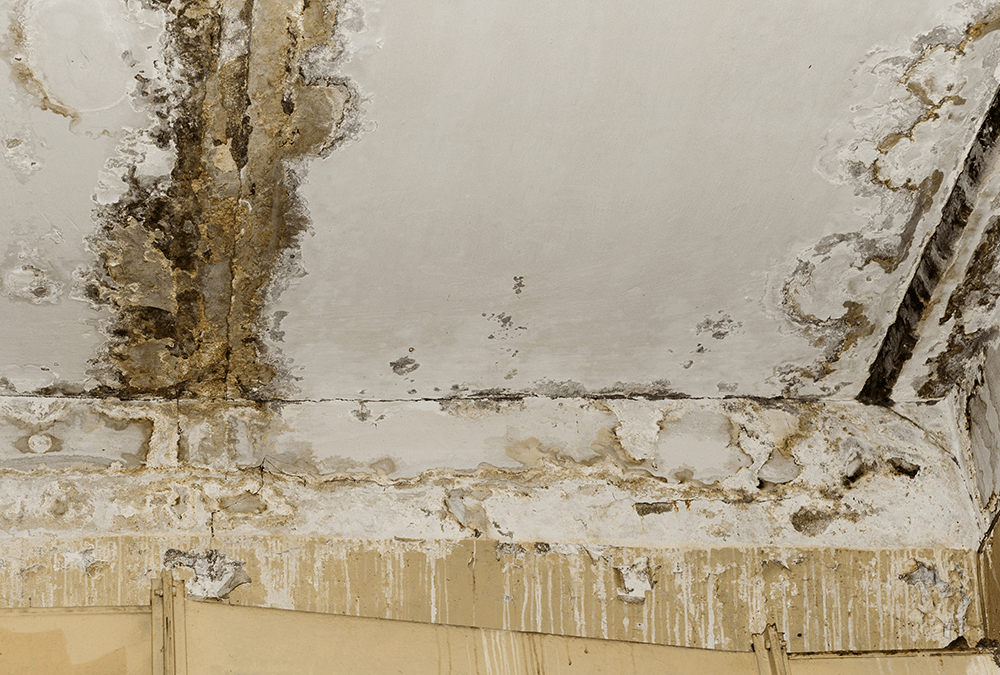How to avoid a Water Damaged Bathroom
How to avoid a Water Damaged Bathroom
Blog Article
This great article which follows relating to How to Repair and Prevent Bathroom Water Damage is exceptionally motivating. Give it a try and make your own personal findings.

The restroom is extremely prone for moist buildup and possible water damage due to the constant use of water in it. This write-up uses easy assessment techniques to aid finding water damage threats.
The frequent use water in the restroom makes it extremely prone for moist build-up and prospective water damage. By checking it regularly, you can minimize water related damages.
The adhering to set of examinations is easy to execute and must be done once in every 3 months in order to maintain your restroom healthy and to avoid possible water damages brought on by the bathtub, the shower, pipeline joints and plumbing, sinks, cupboards, and also the toilet
Do not disregard performing these evaluations and also be comprehensive while doing them. Keep in mind that these easy examinations can save you a lot of money by supplying early indicators for water damages
Tub and also Shower
The shower and tub require special focus and upkeep. Examine the ceramic tiles and also replace if broken. See to it that there is no missing cement in between the ceramic tiles. Check and replace split caulking at joints where the walls satisfy the flooring or the bathtub. Blocked drains pipes and also pipes issues will certainly prevent the tub from drying and also might indicate significant problems below the tub. Seek advice from a professional right away to stop architectural damage. Take note of stainings or soft locations around the bathtub walls as they may suggest an inner leakage.
Plumbing
Signs for water damages are tough to detect since most pipes are installed inside the walls.
Pay special attention to flooring and walls dampness as well as spots as they may indicate an invisible plumbing problem. Examine dampness degrees in adjacent spaces as well.
Sinks and Cabinets
Sinks and also closets are subjected to wetness and humidity day-to-day and also are commonly neglected. Examine routinely under the sink and also on the counter top above it. Repair any kind of drip in the catch as it may recommend drain issues. Take a look around the sink, slow draining pipes might show an obstructed drain. Replace sink seals if they are fractured or loosened.
The Bathroom
The bathroom is a vulnerable water joint. Inspect the water lines and look for leakages around the toilet seat, in the tube, as well as under the water tank. If you find any type of signs of dampness on the floor around the toilet, look for leaks in the toilet edge as well as tank seals.
Know that hanging toilet dish deodorants raises the possibilities for clogs.
How to Prevent Water Damage in Your Bathroom?
Water damage repair is an expensive, meticulous, and lengthy process. Unfortunately, bathrooms are the most susceptible rooms to water damage due to toilets, showers, and sinks. Pipes and fixtures wear out over time and are not immune to damage. But all is not lost, as there are ways to prevent water damage from occurring in your bathroom.
Check Your Plumbing
Nothing lasts forever, especially pipes, which can rust and begin leaking over time. You should periodically conduct pipe inspections and pay attention for any musty smells or water stains that may indicate you need water damage repair. Here are some things to check:
Frequently test valves for your toilet, shower, and sink to ensure they are properly working. Check faucet supply lines hidden under vanities and replace when needed. Replace cracked or deteriorating caulking along sinks, tubs, and showers. If you notice a clog in your sink, call in a professional. Since you can’t check the pipes in the wall, keep an eye out for stains, drywall bubbling, musty smells, and excess moisture; if the bathroom is on a second level, check the ceiling of the room directly below for these signs. Don’t Overwork Your Toilet
One of the most common reasons bathrooms need water damage repair is due to overflowing toilets. Save yourself the hassle of cleanup by being mindful and not pushing your toilet to extreme limits. If you have young children, it is especially important to keep an eye on them when they are in the bathroom and to teach them how to avoid clogging the toilet. Here are some more tips to help prevent your toilet from overflowing:
If you have a septic tank, only use septic-safe toilet paper Do not flush anything down the toilet besides toilet paper; items like diapers and sanitary napkins will clog the piping Pay attention to your toilet’s water level: If it’s low, it could mean it is partially clogged or that there is a crack in the toilet bowl Maintain Your Shower/Tub
Replace showers or tubs with cracks or other damage; even hairline cracks can allow water to seep in and cause damage. Grout and caulk help prevent water from seeping into walls and floors, so repair them if they are chipped, cracked, or deteriorating. Replace torn shower curtains or shower doors with seals that no longer work. Dry the floor and drain water from the tub immediately after use to prevent damage from sitting water. https://www.alure.com/home-improvements-blog/resources/how-to-prevent-water-damage-in-your-bathroom

I was shown that article about Looking for Signs of Water Damage in the Bathroom through a good friend on our other web page. So long as you enjoyed reading our post plz make sure you remember to pass it around. I appreciate reading our article about Preventing Water Damage in the Bathroom.
Schedule Your Service Report this page